In this article we’re looking at the $1,199 USD Beyerdynamic Xelento Wireless IEM
[responsivevoice_button]
Disclaimer: The Beyerdynamic Xelento Wireless was sent to us directly by Beyer in exchange for our honest opinion in this review. The Xelento Wireless does not need to be returned to the factory.
Beyerdynamic
Beyerdynamic is one of my favorite headphone brands and in my office you can find the T51P, the Amiron Home, the DT770/32, the DT1770PRO, the DT1990PRO, the Custom One Pro, Aventho Wireless, the T70 and the T90.
All of these units and more have been reviewed on Headfonia in the past, click here to get the full Beyerdynamic overview: https://www.headfonia.com/s=beyerdynamic
For some reason I’ve never been into their In Ear Monitors and it was Nathan who reviewed the Xelento and Xelento Remote for us back when it was released.
Then last year Beyerdynamic came out with an updated version of the Xelento and with updated I mean a wireless version. And that’s the unit we’re looking at today.
The Xelento
The original wired version of the Xelento was very positively received by many audiophiles, and even Nathan really loved both versions. He also loved the Astell&Kern version of this IEM, the AK T8iE, but he preferred the Xelento version in the end. For a more detailed view on why that is the case, check out his full review here:
Linus actually reviewed the new version of the AK Xelento: the AK T9ie. You can find that review right here: https://www.headfonia.com/astell-kern-ak-t9ie-review/
The Xelento Wireless
To be clear, the Xelento wireless is not a true wireless IEM aka “TWS”, it still is required to connect to the Bluetooth adapter and as such you’ll have a small cable connected to the IEMs. As a cable fan, that’s perfectly fine for me. It’s not TWS but it is wireless in the sense you can put your portable source anywhere you want, not having to take into account the cable length restriction. The Bluetooth cable also features an integrated three-button remote control and handsfree microphone, so you can easily switch between listening to music and answer a call on your phone.
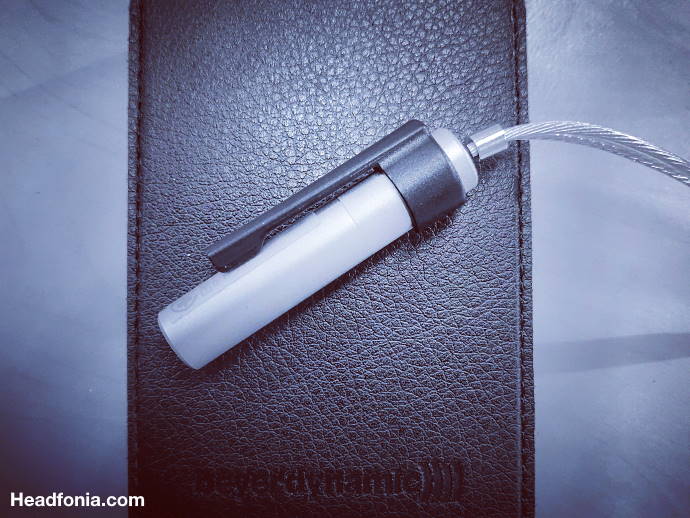
You can find the dedicated Xelento Wireless product page right here: https://europe.beyerdynamic.com/xelento-wireless.html
The real only difference with the previous Xelento version is just the fact it’s “wireless”. Construction (mini Tesla magnet inside!), tuning, packaging, it’s all the same as before. In fact you can also use the Xelento Wireless with the normal audio cable it comes with, turning it into a normal Xelento. The Xelento uses MMCX plugs, so you can even hook it up to any aftermarket cable you already have. The cables that come delivered with the unit are all silver-plated and the wireless cable features an aluminum battery case.
New however for the Wireless version is the special MIY application for your phone, which really gives it another dimension, allowing you to personalize the sound based on a series of hearing tests. You can find out all about it right here: https://europe.beyerdynamic.com/mosayc
I had doubts about this application before I tested it, but after having done so, I actually think it’s great really. More about it later in this article.
The Bluetooth system used for the Xelento Wireless features Qualcomm® aptX™ HD and AAC) and with the integrated battery, you’re supposed to get around 8 hours of play time.
The Xelento Wireless’ price is set at $/€1.199, making it $/€100 Euro more expensive than the regular Remote version. It’s a high-end price for a high-end unit, but you get so much in return.
Technical Specifications
Operating principle: closed
Transmission type: wireless via Bluetooth®
Remote: universal 3-button remote
Nominal impedance headphones: 16 ohms
Headphone frequency response: 8-48,000 hz
Nominal sound pressure level: 110 db (1 mw / 500 hz)
Supported Bluetooth profiles: hsp, hfp, a2dp, avrcp, gavdp
Codecs: aptx™, aptx™ hd, aac, sbc
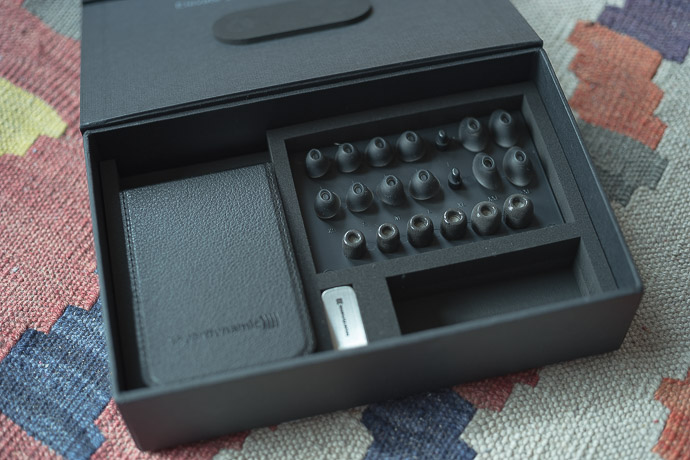
Build Quality & Design
The Xelento Wireless is hand built in Germany and is simply perfect – as we’re used to from the German company. It’s an incredibly beautiful IEM if you ask me and I couldn’t agree more with Beyerdynamic that it’s more than just an IEM, it’s a piece of jewelry.
Regarding the design, Beyerdynamic also looked at the fit and comfort, but we’ll get to that in a bit. The small and round Xelento Wireless earpieces shine, the edges (are there any?) are smooth and curvy and the small round engraved face plates give it a luxury look.
This to me is one of the prettiest universal IEMs in the world. Period.
The article continues on Page Two, after the click HERE.







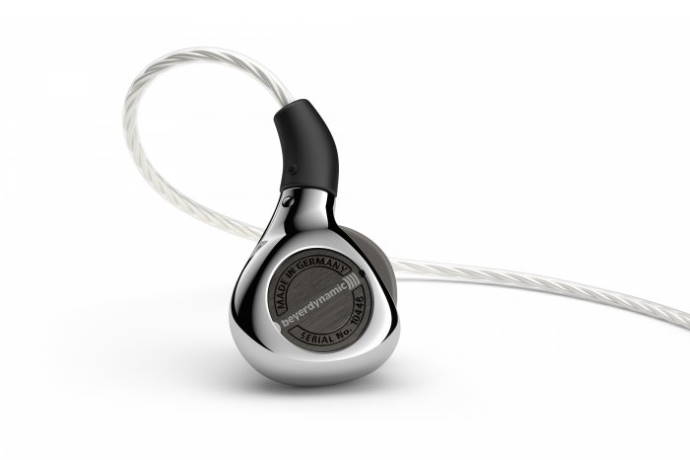
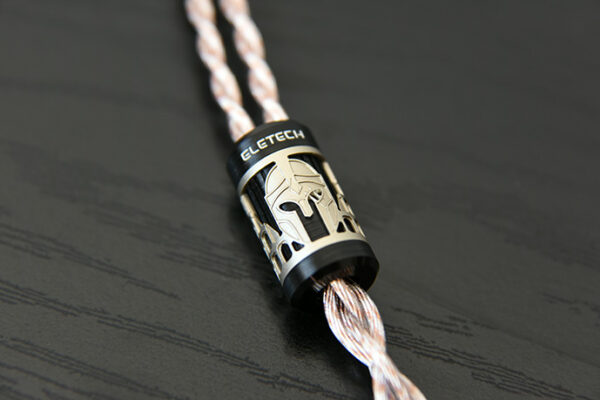
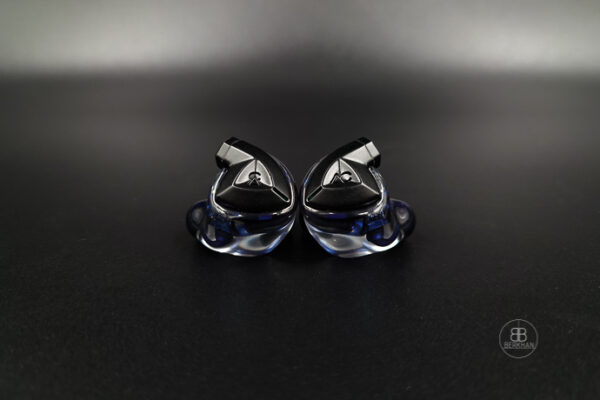
Spie
How is the driver flex?
Mine seems to flex insanely on the left side.
I don’t know if it’s a defect but even jaw movement makes it flex.
Lieven
In general I experience very little flex with IEMs. With the Xelento Wireless I haven’t really noticed it, so it probably was not present.
Have you contacted Beyer about it?
Craig
Hi Lieven, always great information, a little off topic but do you think you could do a review or shed some light on the perfect case for CIEM’s as there is little information out there. My case in point I have the 64 Audio A12t’s with the Effect Audio Leonidas II as per your pairings but the case is not great with this pairing at all. If you look around the web people will recommend a $5 cases for your multi thousand CIEM set up. I was hoping your team could shed some light or do a review on some great options out there for CIEM thanks.
Linus
Hi Craig,
for CIEMs I’m mostly using a Peli Case or the one from my JH Audio Lola, if the cable is slim enough (doesn’t work with every cable unfortunately). They’re near indestructible. My DAPs I usually put in the case Vision Ears shipped the VE 3.2 with. It’s also made of metal and protects my DAPs very well. If I didn’t have this one, I’d buy a bigger Peli Case. I really love those.
To be honest, we most likely won’t ever do case reviews. Why? Because we concentrate on stuff that influences the music we listen to. Although I agree, that cases and protection are incredibly important. Same goes for maintenance and care.
Hope that helps.
Cheers!
Lieven
I just always use a pelican case. It’s perfect.
No, we won’t be doing case reviews, sorry 🙂
Steven Zore
I had the Xelento’s and the AndromedaSS simultaneously, and I loved them both. I thought they complimented each other well: one intense and one laid back. Once I got my CL2, and went back, the X’s sounded like distortion, and the ASS sounded ‘constructed, and I sold them both.